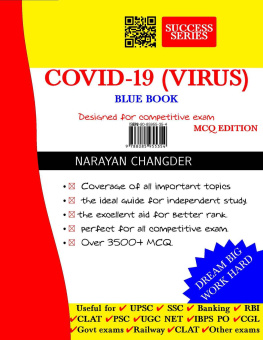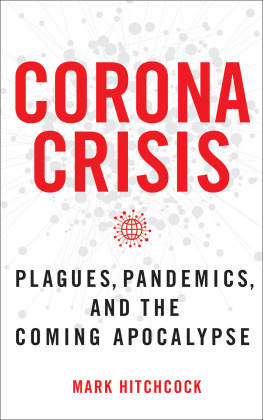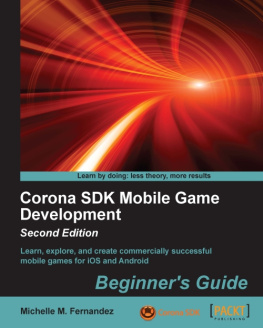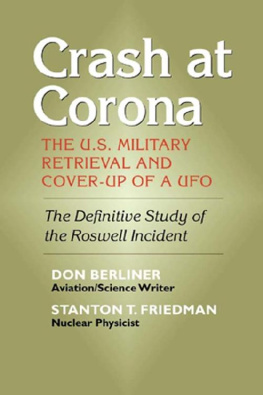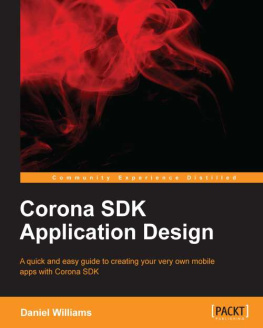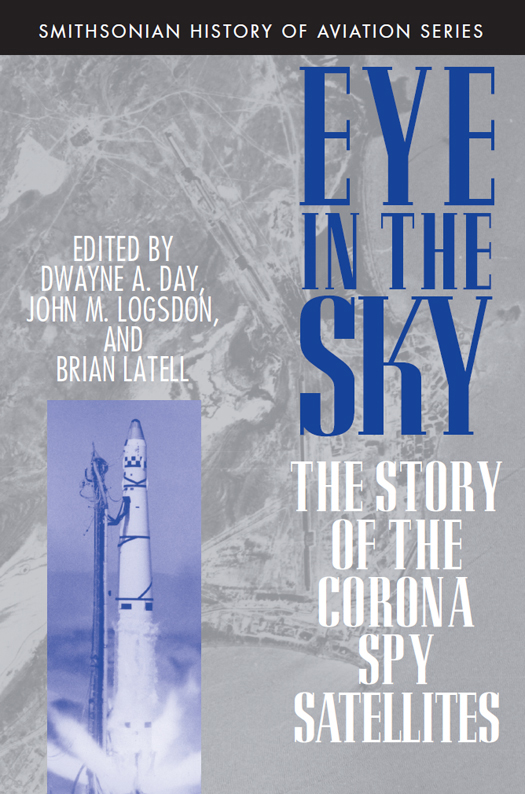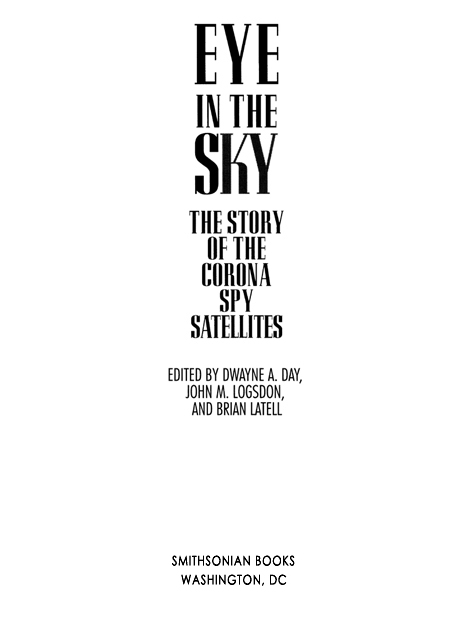SMITHSONIAN HISTORY OF AVIATION SERIES
Von Hardesty and Michael H. Gorn, Series Editors
On December 17, 1903, human flight became a reality when Orville Wright piloted the Wright Flyer across a 120-foot course above the sands at Kitty Hawk, North Carolina. That awe-inspiring 12 seconds of manned, powered flight inaugurated a new technology and a new era. The airplane quickly evolved as a means of transportation and a weapon of war. Flying faster, farther, and higher, airplanes soon encircled the globe, dramatically altering human perceptions of time and space. The dream of flight appeared to be without bounds. Having conquered the skies, the heirs to the Wrights eventually orbited the Earth and landed on the Moon.
Aerospace history is punctuated with many triumphs, acts of heroism, and technological achievements. But that same history also showcases technological failures and the devastating impact of aviation technology in modern warfare. As adapted to modern life, the airplaneas with many other important technological breakthroughsmirrors both the genius, as well as the darker impulses of its creators. For millions, however, commercial aviation provides safe, reliable, and inexpensive travel for business and leisure.
This book series chronicles the development of aerospace technology in all its manifestations and subtlety. International in scope, this scholarly series includes original monographs, biographies, reprints of out-of-print classics, translations, and reference materials. Both civil and military themes are included, along with a systematic study of the cultural impact of the airplane. Together, these diverse titles contribute to our overall understanding of aeronautical technology and its evolution.
Advisory Board: Roger E. Bilstein, University of Houston at Clear Lake; Horst Boog, historian, Germany; Emmanuel Chadeau, Universit Charles de Gaulle; Tom D. Crouch, National Air and Space Museum; Carl-Fredrik Geust, historian, Finland; Michael H. Gorn, historian; John T. Greenwood, Center for Military History; Cargill Hall, Air Force History Support Office; James R. Hansen, Auburn University; Von Hardesty, National Air and Space Museum; Roger D. Launius, National Air and Space Administration, chief historian; W. David Lewis, Auburn University; Donald S. Lopez, National Air and Space Museum; Felix C. Lowe, publisher, South Carolina; John H. Morrow, University of Georgia; Richard J. Overy, Kings College, London; Dominick A. Pisano, National Air and Space Museum; Christine White, Pennsylvania State University; E. T. Wooldridge, National Air and Space Museum
1998 by Smithsonian Institution
All rights reserved
Copy Editor: Initial Cap Editorial Services
Production Editors: Ruth Thomson and Robert A. Poarch
Library of Congress Cataloging-in-Publication Data
Eye in the sky : the story of the Corona spy satellites / edited by
Dwayne A. Day, John M. Logsdon, and Brian Latell.
p. cm. (Smithsonian history of aviation series).
ISBN 1-56098-830-4 (cloth: alk. paper)
eBook ISBN: 978-1-58834-518-9
1. Project Corona (United States)History. 2. Space surveillanceUnited StatesHistory. I. Day, Dwayne A. II. Logsdon, John M., 1937 . III. Latell, Brian. IV. Series.
UG1523.E94 1998
327.12dc21 97-19238
British Library Cataloguing-in-Publication Data available
For permission to reproduce illustrations appearing in this book, please correspond directly with the owners of the works, as listed in the individual captions. Smithsonian Books does not retain reproduction rights for these illustrations individually, or maintain a file of addresses for photo sources.
v3.1
Dedicated to the CORONA Pioneers
CONTENTS
DWAYNE A. DAY, JOHN M. LOGSDON, AND BRIAN LATELL
ERNEST R. MAY
ALBERT D. WHEELON
DWAYNE A. DAY
R. CARGILL HALL
DWAYNE A. DAY
GERALD HAINES
PETER A. GORIN
JONATHAN MCDOWELL
ACKNOWLEDGMENTS
An edited book on a long-secret topic such as the first U.S. photoreconnaissance satellite is clearly the product of many more people than the volumes essay authors and editors. First of all, the information required to make this book possible had to be declassified, and thus we want to acknowledge those in the White House, Congress, and the Intelligence Community who have led the movement toward increased opennessparticularly Vice-President Al Gore and former Director of Central Intelligence Robert Gates. We wish to thank everyone who provided photographs for possible inclusion, information on topics covered, or comments on the manuscript as it evolved. Many of these individuals are mentioned by name below or in the individual essays, but we have not mentioned everyone who deserves credit for helping to create or improve this book. We owe them all a debt of gratitude.
The chain of events that led to Eye in the Sky began with a conversation between one of us, Dwayne A. Day, and Carole Minor, then academic coordinator for the Center for the Study of Intelligence of the Central Intelligence Agency. Carole enthusiastically agreed with Dwaynes suggestion that an already planned conference marking the declassification of the CORONA program and imagery be cohosted by the Space Policy Institute of George Washington Universitys Elliott School of International Affairs and held on the GW campus. That conference, which took place in May 1995, was a great success, prompting a decision to continue the collaboration by coediting this book. Carole stayed involved with the conference and its follow-up activities, and was a source of invaluable assistance and good advice throughout.
R. Cargill Hall suggested after the conference that its proceedings could form the basis for an interesting and valuable book, and he pointed us to Von Hardesty of the National Air and Space Museum, who is the editor of the Smithsonian Institution Press series on aerospace history. Von recognized the merit of such a book and he introduced us to Mark Hirsch of the Press, who guided the book proposal and manuscript through the review and acceptance process. We did not always agree with Marks ideas on an initial hearing, but they have had a strong influence on making the book not just a record of conference proceedings, but primarily a set of original essays on CORONA and strategic intelligence. The two anonymous reviewers of the prospectus for the book also provided ideas that we were happy to incorporate into the books design.
A number of people provided help in gathering photographs from the volume. They include Sam Welch at the National Archives, and Guy Aceto, who facilitated access to the photo collection of Air Force magazine. Dino Brugioni, James Plummer, Chris Pocock, Charles Vick, and A. Roy Burks provided photographs from their cherished personal collections. The Space and Missile Systems History Office at Los Angeles Air Force Base also was very helpful. Dick Wollensak of Itek also provided valuable material.
The National Reconnaissance Office, just emerging from more than three decades of highly classified existence, initially was somewhat skeptical of the cooperation between the Space Policy Institute and the CIA in organizing the 1995 conference and then this book. For an organization whose very existence had been officially denied for so long, acceding the open discussion of former state secrets was not easy. But NRO has been rapidly adjusting to new realities, and has been helpful in providing material for this work. Special mention should be made of former NRO public affairs officer Katherine Schneider and historian Gerald Haines, who led us to useful material and answered questions about the early years of the NRO.




